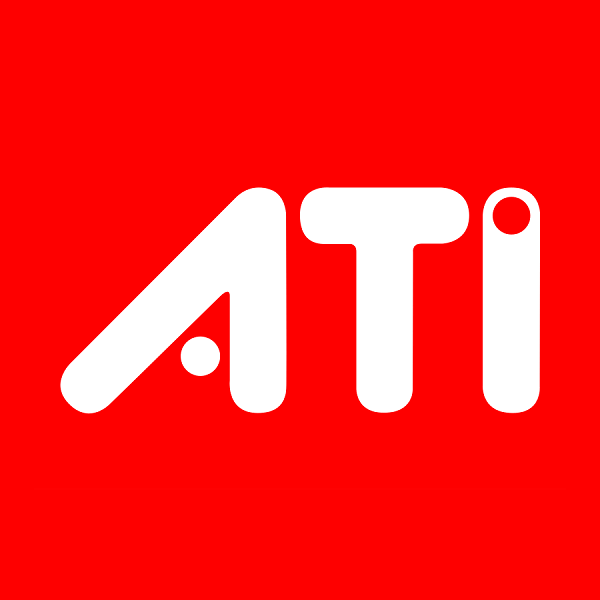Radeon RX 7700 vs H3C XG310
We compared two Desktop platform GPUs: 12GB VRAM Radeon RX 7700 and 8GB VRAM H3C XG310 to see which GPU has better performance in key specifications, benchmark tests, power consumption, etc.
Main Differences
Radeon RX 7700 Advantages
Boost Clock has increased by 68% (2600MHz vs 1550MHz)
More VRAM (12GB vs 8GB)
Larger VRAM bandwidth (432.0GB/s vs 68.26GB/s)
2304 additional rendering cores
Lower TDP (200W vs 300W)
Score
Benchmark
FP32 (float)
Radeon RX 7700
+1241%
31950
H3C XG310
2381
Graphics Card
Unknown
Release Date
Nov 2020
Navi III
Generation
H3C Graphics
Desktop
Type
Desktop
PCIe 4.0 x16
Bus Interface
PCIe 3.0 x16
Clock Speeds
1900 MHz
Base Clock
900 MHz
2600 MHz
Boost Clock
1550 MHz
2250 MHz
Memory Clock
2133 MHz
Memory
12GB
Memory Size
8GB
GDDR6
Memory Type
LPDDR4X
192bit
Memory Bus
128bit
432.0GB/s
Bandwidth
68.26GB/s
Render Config
48
Compute Units
-
3072
Shading Units
768
192
TMUs
48
96
ROPs
24
48
RT Cores
-
128 KB per Array
L1 Cache
-
2 MB
L2 Cache
1024 KB
64 MB
L3 Cache
16 MB
Theoretical Performance
249.6 GPixel/s
Pixel Rate
37.20 GPixel/s
499.2 GTexel/s
Texture Rate
74.40 GTexel/s
63.90 TFLOPS
FP16 (half)
4.762 TFLOPS
31.95 TFLOPS
FP32 (float)
2.381 TFLOPS
998.4 GFLOPS
FP64 (double)
595.2 GFLOPS
Board Design
200W
TDP
300W
550 W
Suggested PSU
700 W
1x HDMI 2.1a
2x DisplayPort 2.1
1x USB Type-C
2x DisplayPort 2.1
1x USB Type-C
Outputs
No outputs
1x 8-pin
Power Connectors
1x 8-pin
Graphics Processor
Navi 32
GPU Name
DG1
Navi 32
GPU Variant
-
RDNA 3.0
Architecture
Generation 12.1
TSMC
Foundry
Intel
5 nm
Process Size
10 nm
28.1 billion
Transistors
Unknown
346 mm²
Die Size
95 mm²
Graphics Features
12 Ultimate (12_2)
DirectX
12 (12_1)
4.6
OpenGL
4.6
2.2
OpenCL
3.0
1.3
Vulkan
1.3
6.7
Shader Model
6.4



